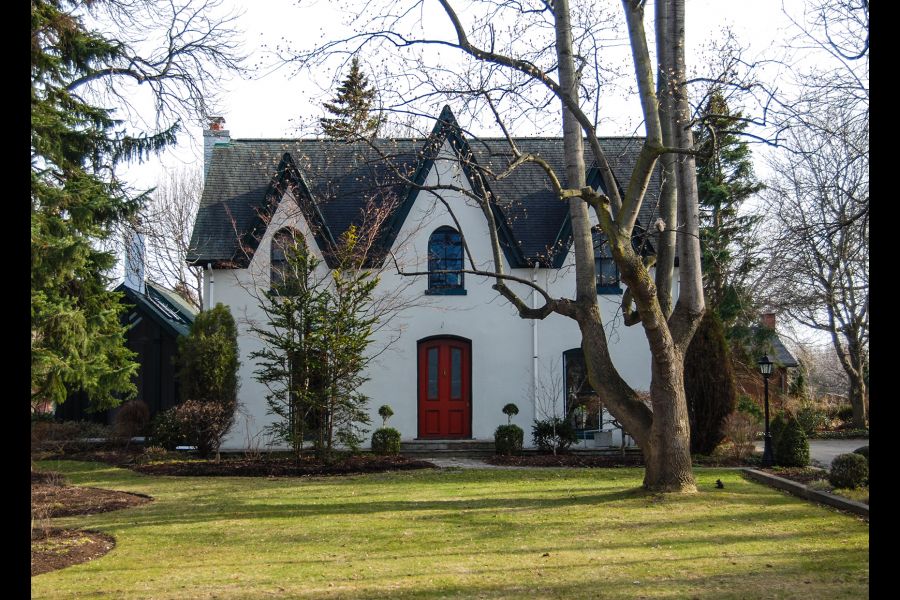When thinking of Niagara-on-the-Lake many people focus on historic Old Town as the “jewel in the crown” while consigning the majority of the jurisdiction to a distant also-ran status. This is nothing new. In fact, it has been the prevalent governing attitude for many, many decades now.
Let’s focus in on one of these communities as an example.
Virgil (nee The Crossroads, nee Lawrenceville) was settled in the early 19th century. Located where the Black Swamp Road (Niagara Stone) crossed the old “Indian Trail” that would become Four Mile Creek Road, this village served to support the agricultural development of the area while providing a convenient coach stop along the nasty trip between the town of Niagara and the Homer Bridge over the Ten Mile Creek on the way to St Catharines.
There is no question that this settlement was established with a commercial imperative. Then again, it was a very rare circumstance wherein past human urbanization did not occur with this as the primary motivator.
In fact, Old Town owes its early existence to the supply of goods and services to the military and later survival to agricultural consumers and the seasonal revenues of tourism. At the risk of over-simplification, what set the two villages apart in the first half of the 19th century was the somewhat higher population (and associated dwellings) of Niagara due principally to the military infrastructure.
While this column is far too short to even skim the surface of over a century and a half of social evolution that produced the “us and them” divide, it is clear that one small town became a centre for tourism while the other a focus of commercial endeavours.
Perhaps this “divide,” embodied in governance, can best be illustrated by two of Niagara-on-the-Lake’s lost heritage buildings.
For roughly 160 years, Gibson’s Store & Post Office stood on the corner of Four Mile Creek Road and Niagara Stone. It was a hub that not only supplied goods and groceries to both villagers and farm folk, but also provided venue for social interaction.
In the early 20th century, a blacksmith shop on the north corner of the property addressed the needs of the horse and buggy folk, while almost from the first advent of automobiles, it was where one bought gas. This historic building was demolished to make way for the Village Green strip mall we see there today.
A little farther down the road was the Field House. Built in 1886, this building was a rare local example of a side-by-side double house with its substantive massing making a statement for over 120 years. It was demolished to make way for the Meridian Credit Union building constructed in 2002.
While there are historic survivors still standing in Virgil, many have been lost without protest. I ask you, would this have happened in Old Town?











